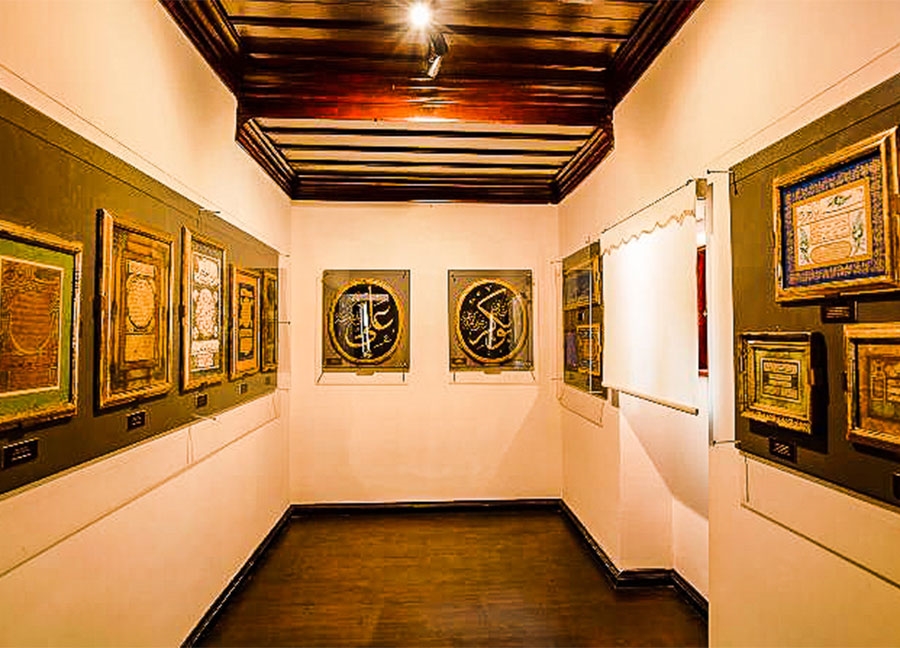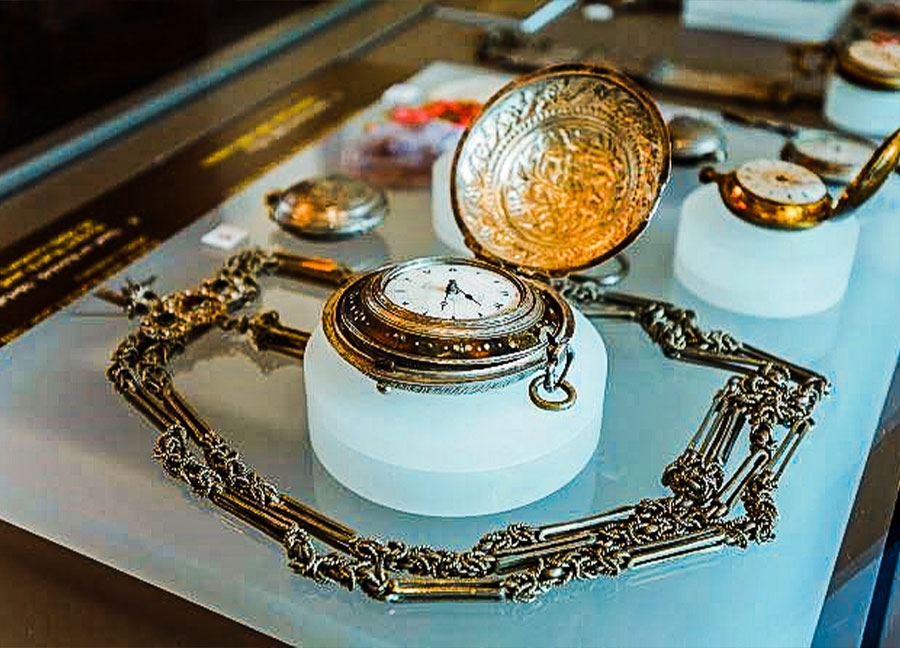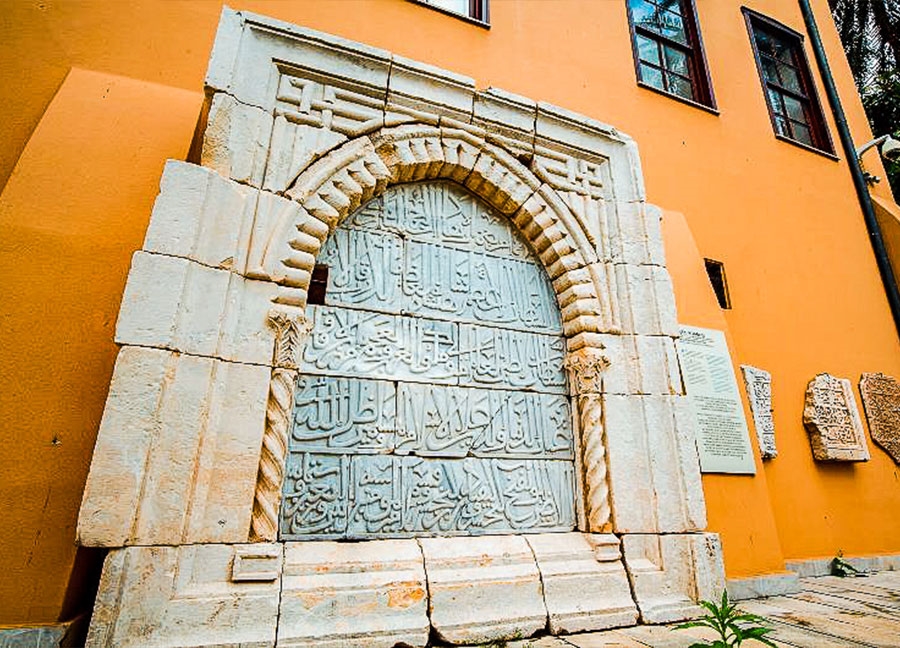The Antalya Ethnography Museum consists of two mansions dating back to the 19th century in Kaleiçi. The pearl of Antalya is within the Kaleiçi Urban and 3rd Degree Archaeological Site.
The museum has a large collection that reveals Antalya's recent history, folk culture and lifestyle. It consists of two mansions, one facing the street and the other opening to the garden. Different artifacts are exhibited in both sections of the museum. It is called Lower and Upper Mansions and is organized in separate concepts. In the lower mansion number 1, mainly Turkish-Islamic Artifacts are, in the upper mansion number 2, there are items and architectural objects reflecting the domestic life of Antalya during the Ottoman Period.
On the ground floor of the lower mansion, rare pieces of tile covering brought from the Aspendos Antique Theater, which was used as a palace during the Seljuk period, tiles from the Ottoman Period, glass gas lamps produced in Çanakkale, Iznik and Kütahya in the 16th and 20th centuries, rosedans, tulips, Sherbet bowls and ceramics are on display. On the upper floor of the lower mansion, objects such as arrows, bows, swords, flintlock, encapsulated pistols and rifles, zıhgir, oil cans, gunpowder, engagement, medals, seals, pocket watches from the Ottoman Period, and in addition to these, the calligraphy of the period such as icazetname and hilye.
Upper mansion number two is at a higher level than the lower mansion, and it is accessed by climbing the garden stairs. On the first floor of the upper mansion, examples of weaving art such as wooden ceilings, doors, doorknobs and keys, window wings, sacks, saddlebags, rugs, iğlik belonging to the Ottoman Period local musical instruments can be seen. In addition, on the first floor, it is possible to examine the traditional Döşemealtı Carpets of the Antalya Region, the weaving looms showing how the carpets are produced. The original weaving samples. In addition to these, a small animation of Antalya Kitchen reflects the kitchen arrangement in the Ottoman Period. It is on the first floor. On the second floor of the upper mansion, there is the main room, where the guests are hosted, reflecting the daily life in the Ottoman Period, together with its furniture and belongings, the dining-living room used by the household daily, the exhibition reflecting the coffee ceremony, the bedroom and the bathroom. In addition, clothing samples reflecting the clothing culture of the period are also on this floor.
The garden of the museum is also used for display purposes. The 13th century Seljuk Zodiac Inscription and the Seljuk Period Conquest Inscriptions, Ottoman Period inscriptions, tombstones, cannons and cannonballs are exhibited in the garden.
While visiting the Antalya Ethnography Museum, one can witness the rich social life of the city, its traditions, habits of daily life and its historical and cultural accumulation from the past.








